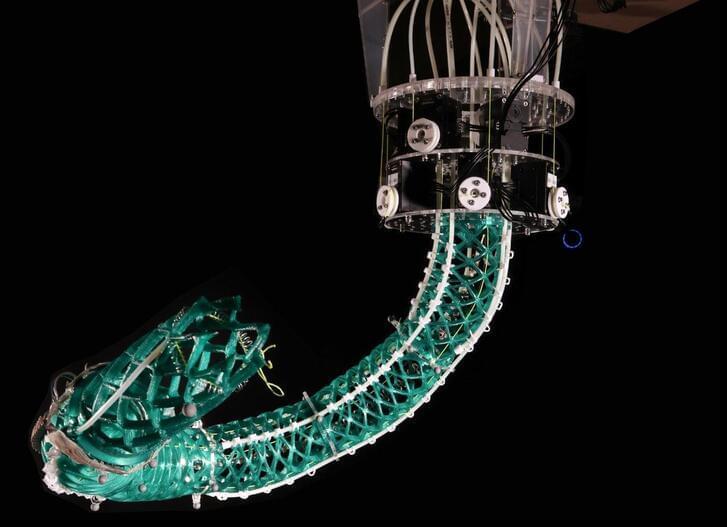USA: Medical researchers at the University of Minnesota have developed an experimental method for treating hard-to-treat blood cancers using natural killer cells pre-treated with nicotinamide, a compound commonly known as vitamin B3. These natural killer cells are part of the body’s immune system and have the unique ability to target and destroy malignant cells.
A recent study, published in Science Translational Medicine by Frank Cichocki and colleagues, highlights the potential of this approach in treating relapsed or refractory leukemias and lymphomas, where traditional treatments have often failed. The study involved boosting the effectiveness of natural killer cells through pre-treatment with nicotinamide and interleukin-15 (IL-15).









